The impressive ruin has inspired poets, painters, and historians in the past. Various legends surround its origin and significance, with some even speculating that it was originally a Roman structure. The hill of the castle was probably inhabited around 1000 BC, as indicated by a Bronze Age urn cemetery found here. The name of the village, Thaur ("taurane"), is first mentioned in a deed of gift from the Innichen Monastery in 827. It may possibly have originated from Illyrian and means "rock", or it could have a Raetoromanic origin. "Tgaura", the goat, would then indicate a grazing area.
Schloss Thaur
The castle was probably built at the end of the 11th century and was initially owned by the Counts of Andechs, who also founded Innsbruck in 1180. Thaur was an important place at that time as a storage place for the Haller salt. However, it remains a mystery why Castle Thaur was not built on the strategically better located neighboring hill.
The complex is first mentioned in a document in 1232, by which time the star of the Andechs family was already on the decline. Shortly thereafter, the Counts of Tyrol took over as rulers of the land, and in the 14th century Thaur finally fell to the Habsburgs. The main castle has a layout that resembles the cross-section of a diamond. The keep, the palas, and the castle bailiff's tower were the essential components of this oldest part, of which only the outer walls remain, which are also overgrown with dense forest. The castle also had its own water supply, which was a particular feature. In the 15th century, there were major renovations and extensions, especially in the residential area, and a barbican was built, a kind of outer ward that was supposed to provide protection against modern firearms. This late Gothic part of Castle Thaur is the best preserved today.
Summer Castle Plays
In 1500, the castle chapel was consecrated under Emperor Maximilian, after which the decline of the castle began. A fire broke out during the peasant uprisings in 1525, the castle bridge collapsed in 1550, and the keep collapsed in 1564. The heavy earthquake in 1670 continued the destruction, and so today not much remains of the once mightiest and most magnificent castle complex in the Inntal.
From Thaur, the ruin can be reached in a half-hour hike. The fantastic view from the castle hill over the Inntal is well worth the climb. In summer, Castle Thaur also serves as a picturesque backdrop for the local theater club's performances.
Closely linked to Castle Thaur is the legend of Saint Romedius, who is said to have been born here as the son of the castle bailiff. He lived and worked as a miraculous hermit in the Non Valley in present-day Trentino. The main altar in the chapel of Castle Thaur is dedicated to him.
 How do you like the content of this page?
How do you like the content of this page?
Please give us your feedback!
Recommended accommodations
Vacation Offers







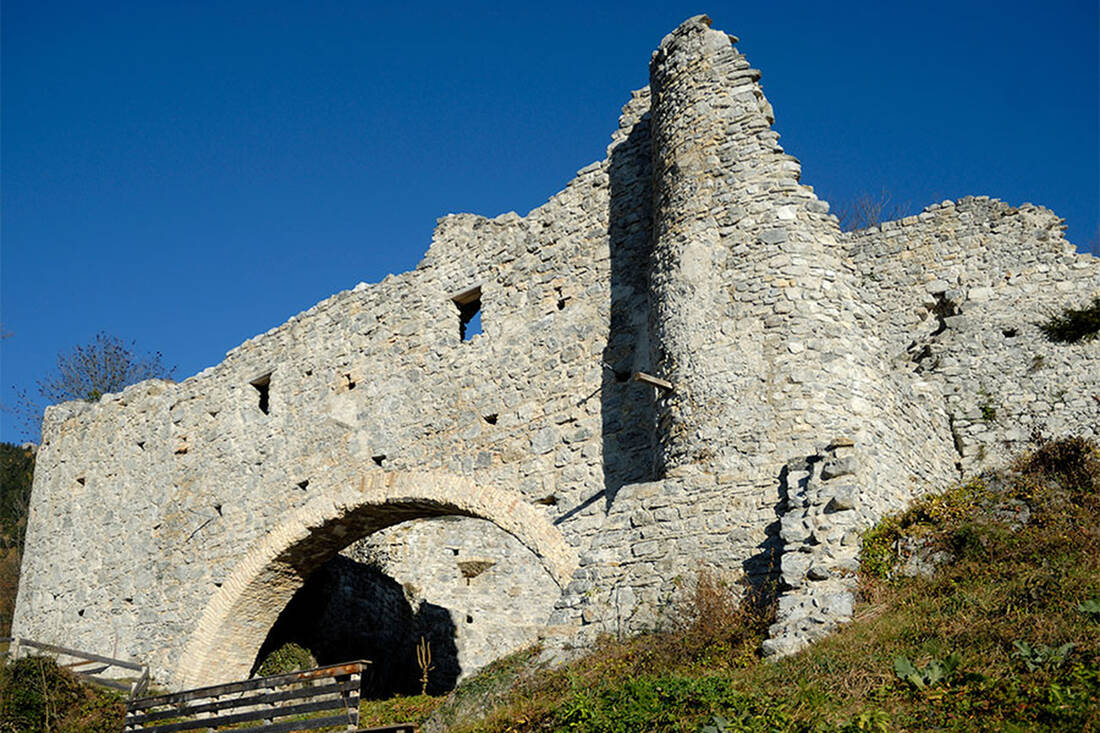
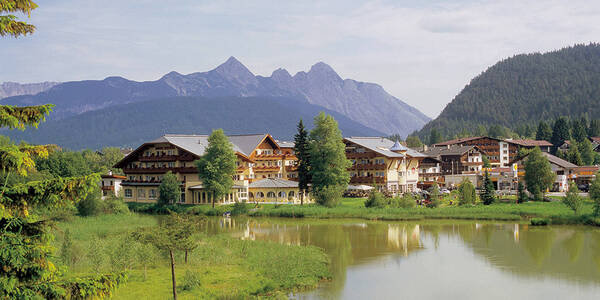




 notice
notice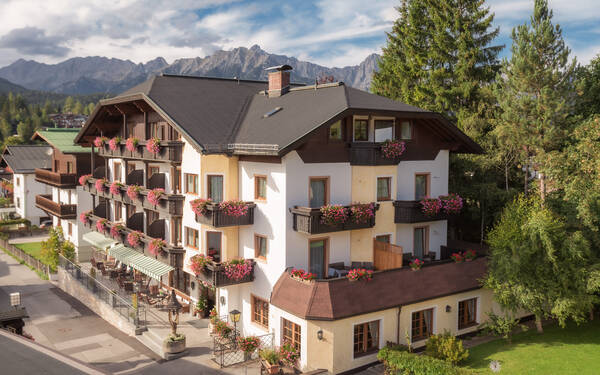


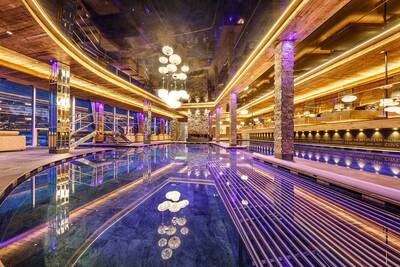
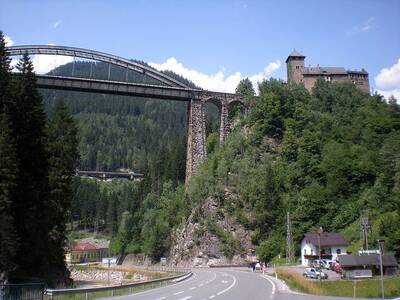
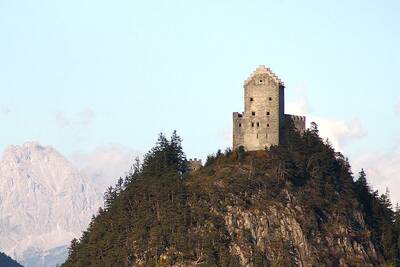
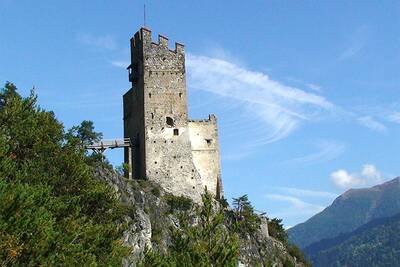
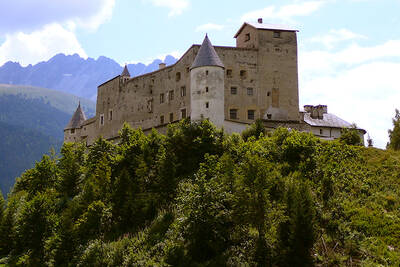
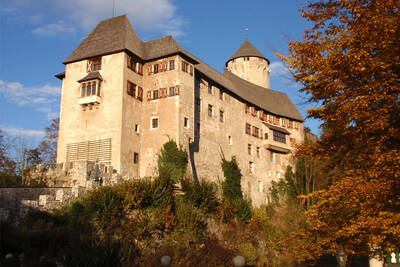
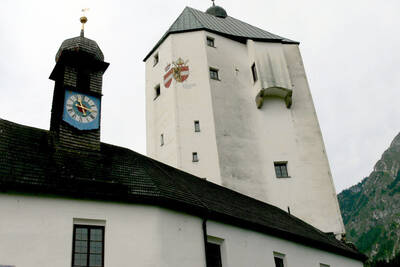
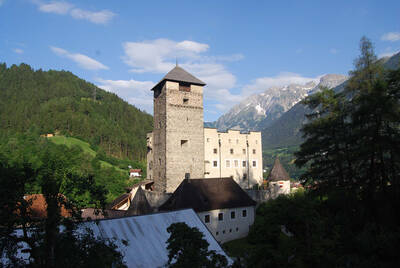
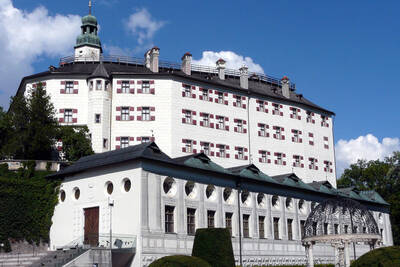
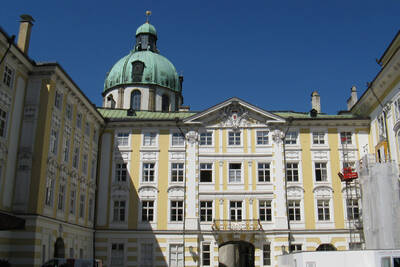
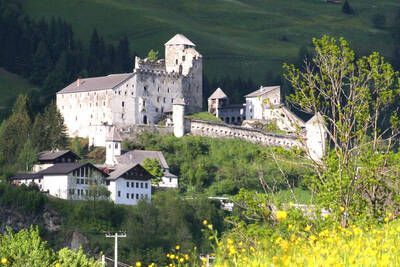
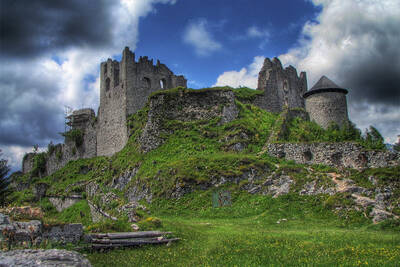
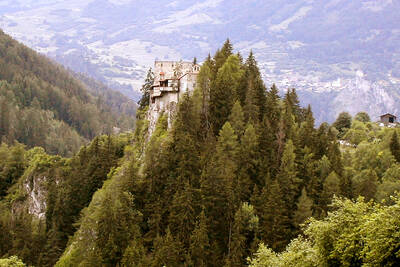
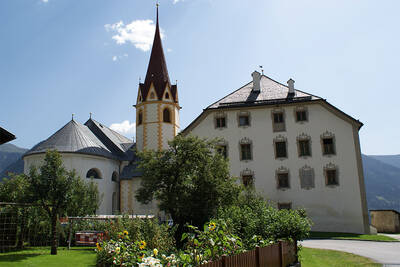

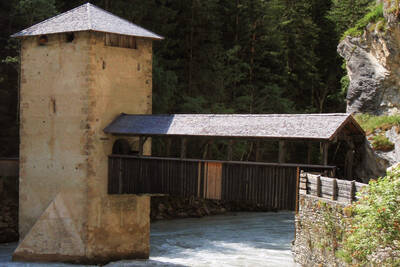
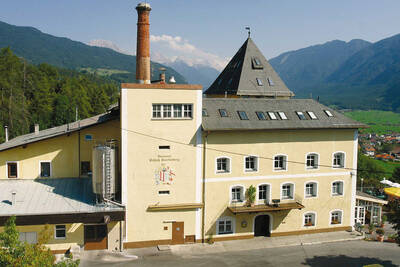
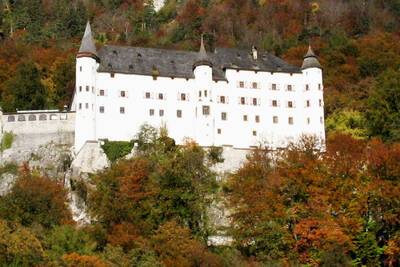
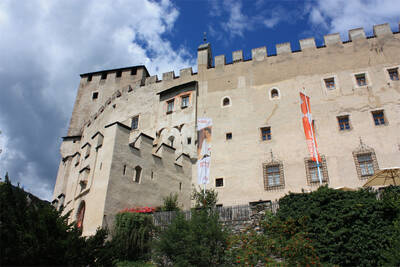
 More infos…
More infos…